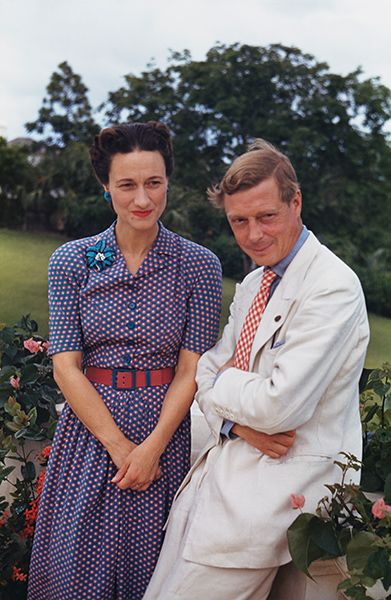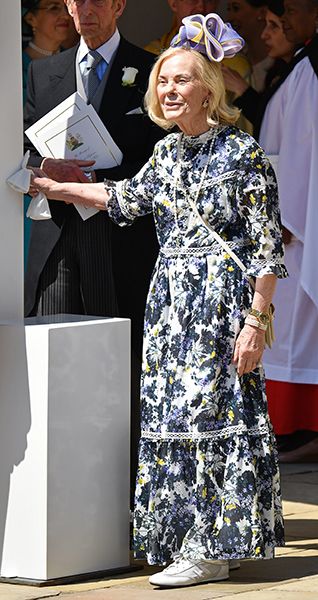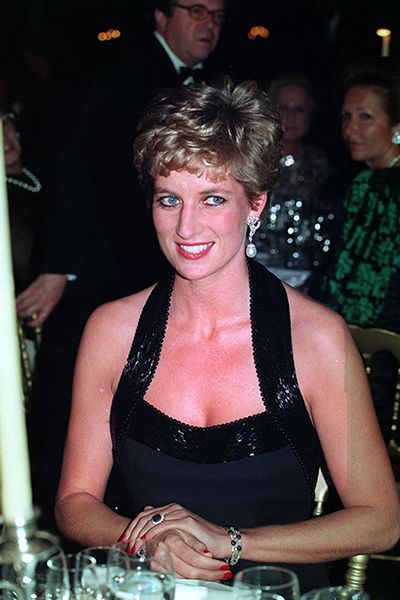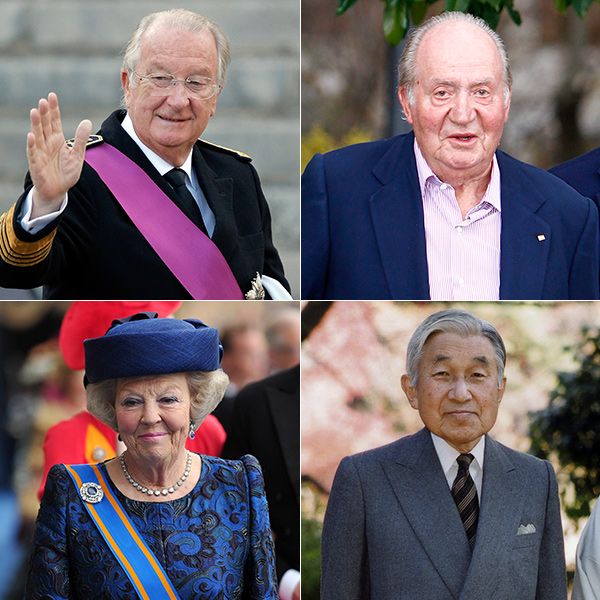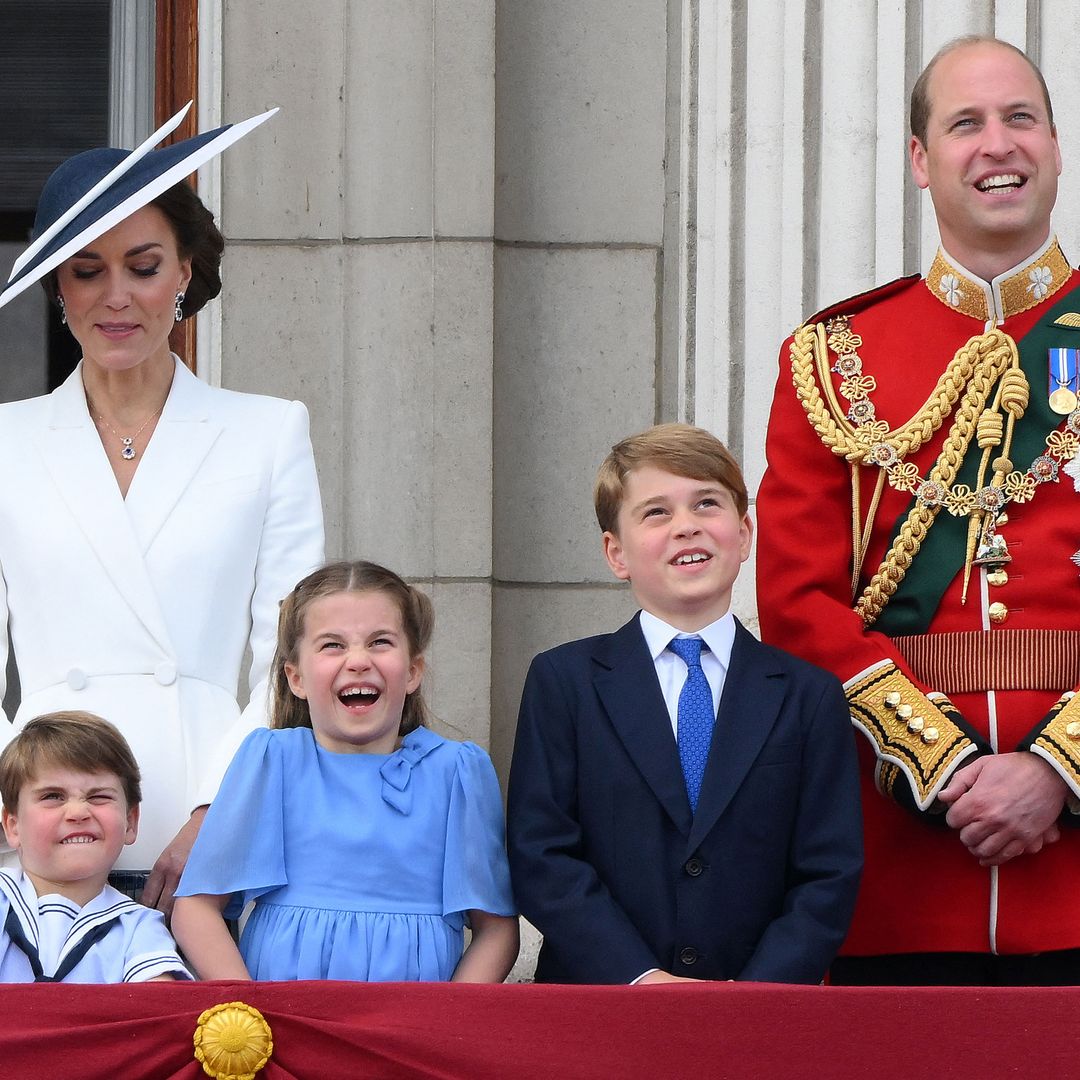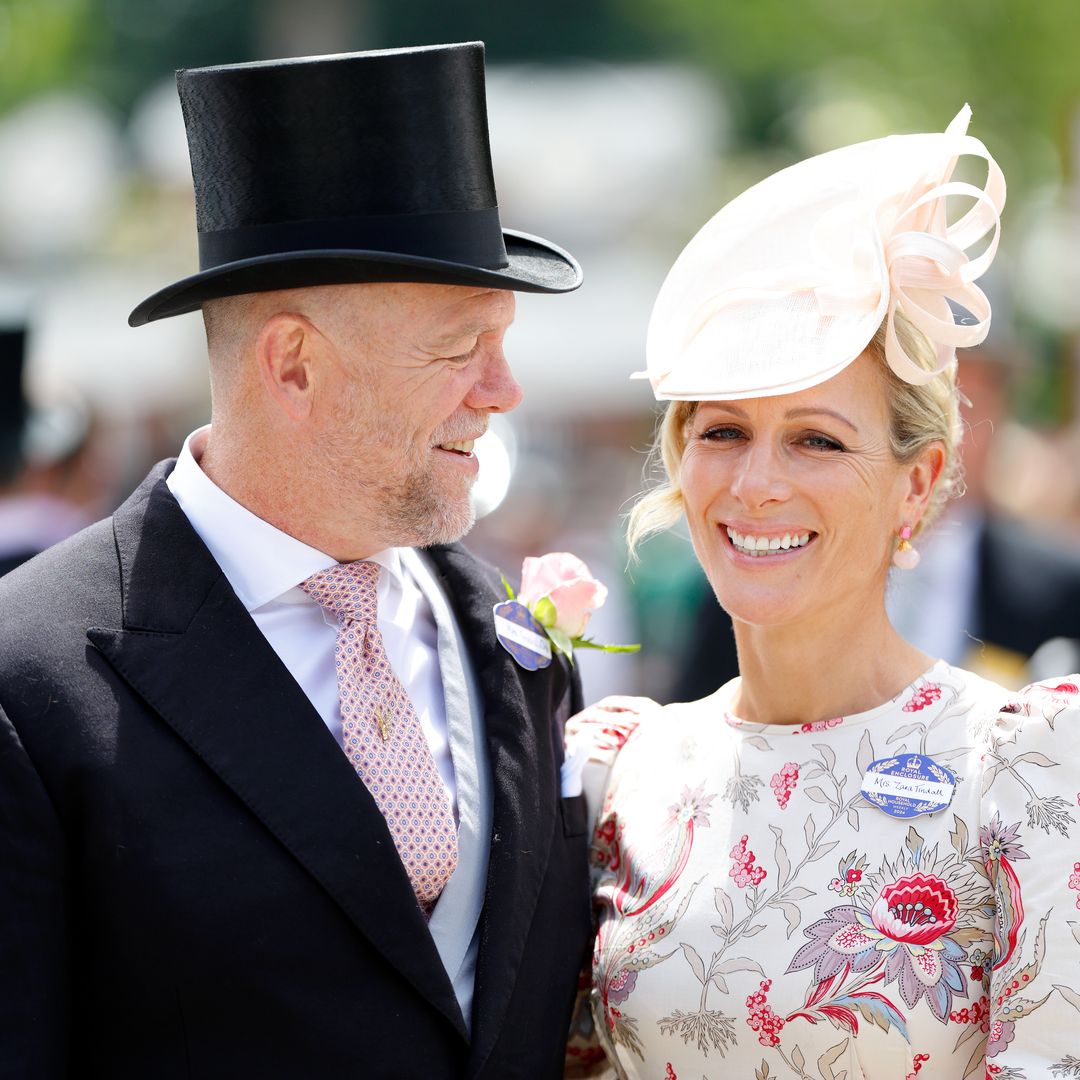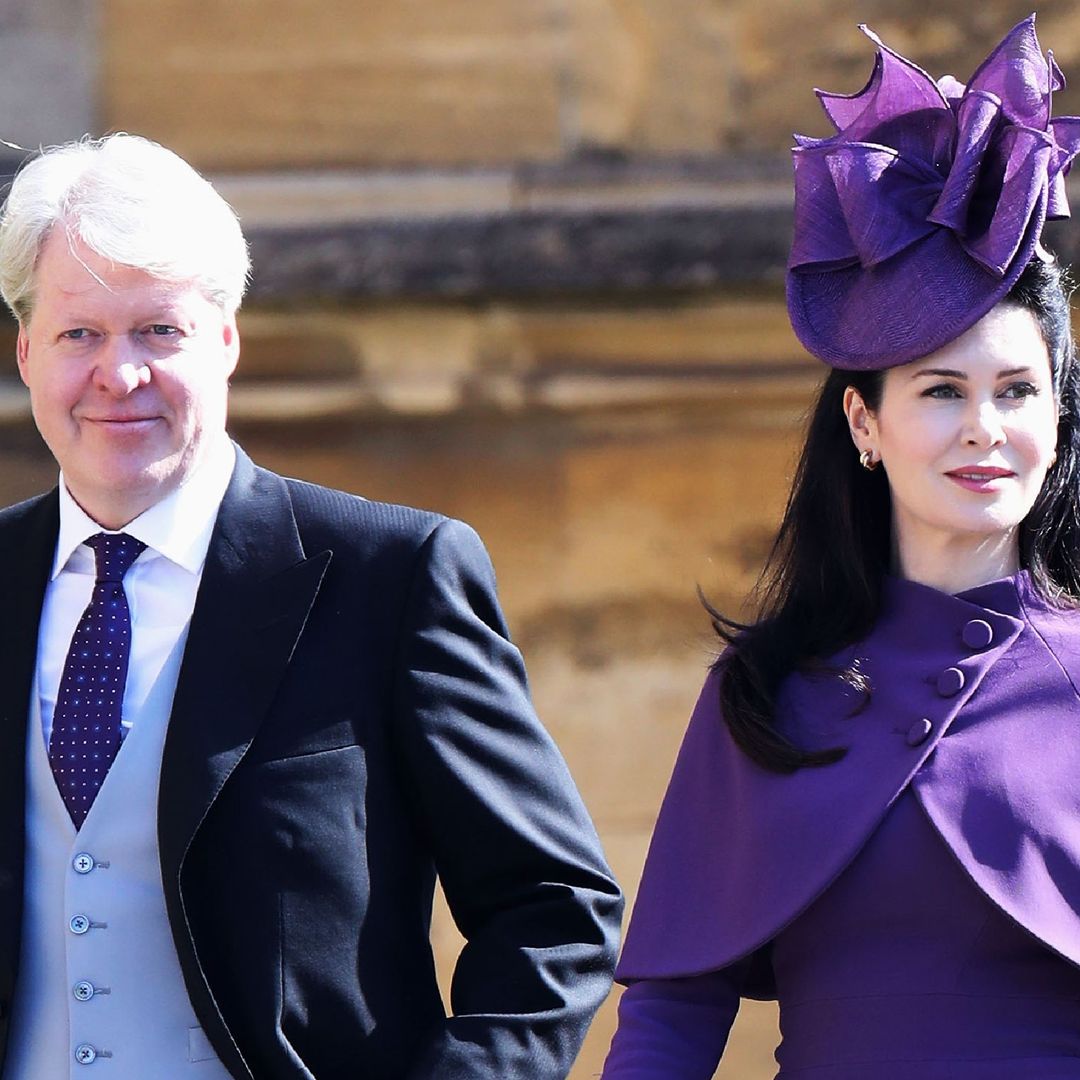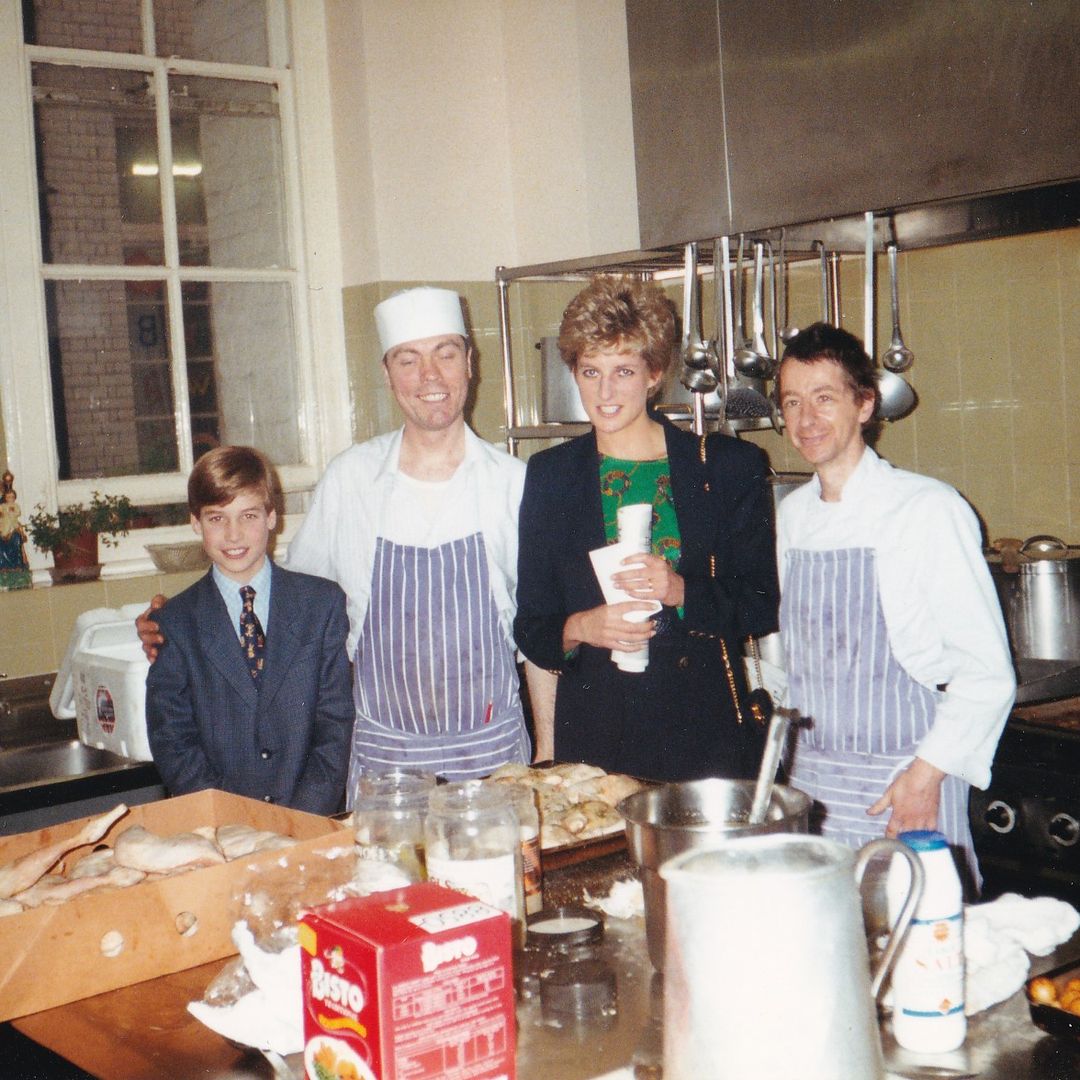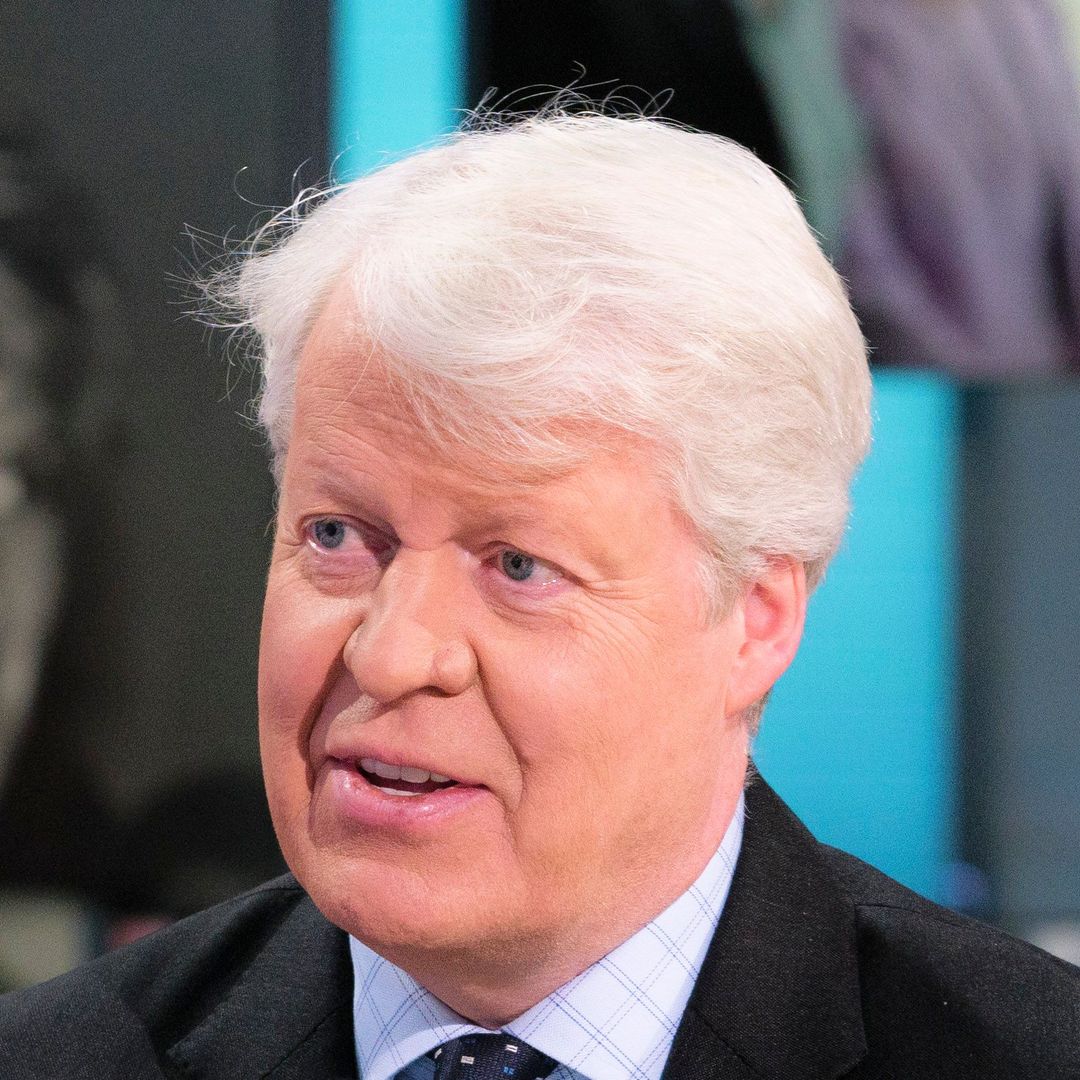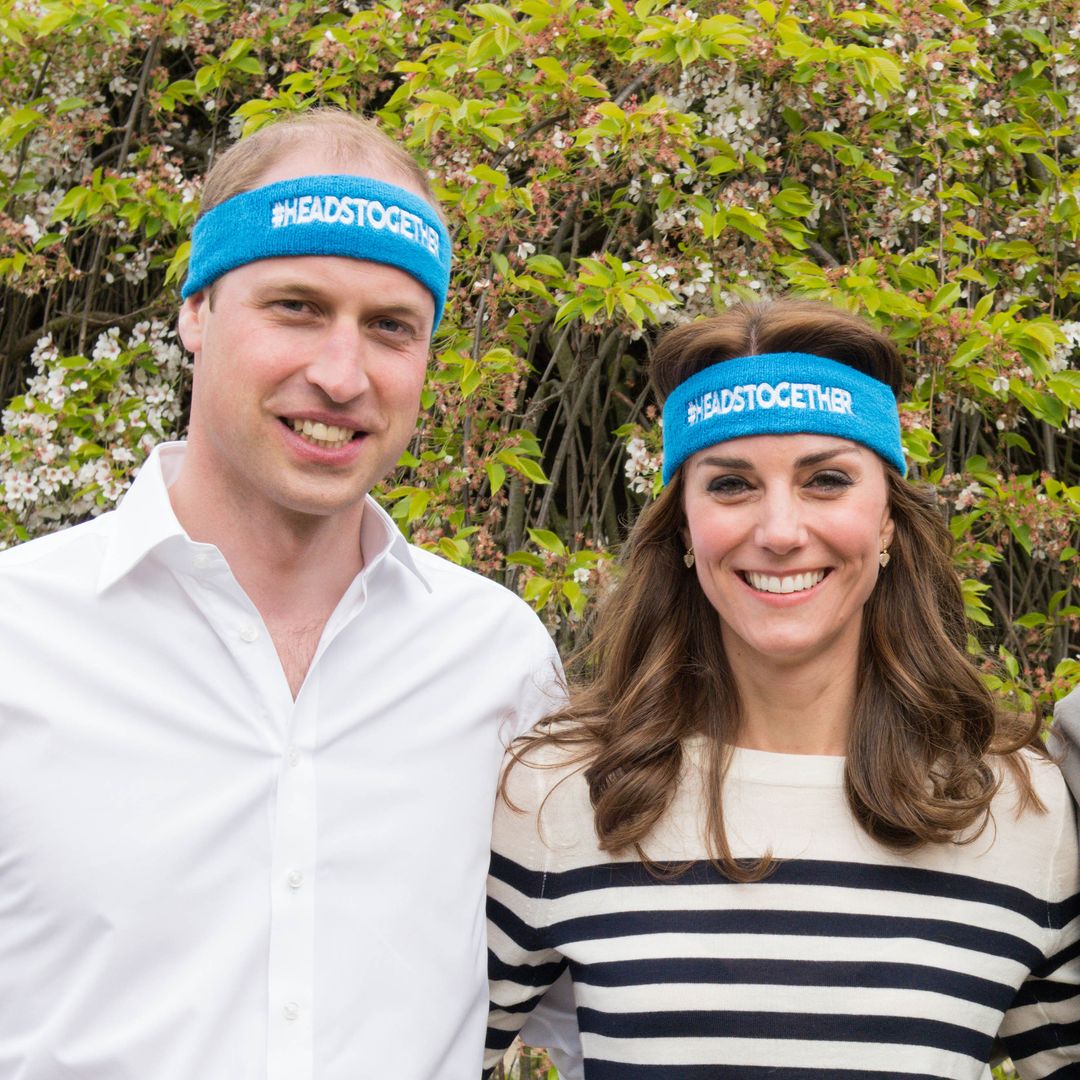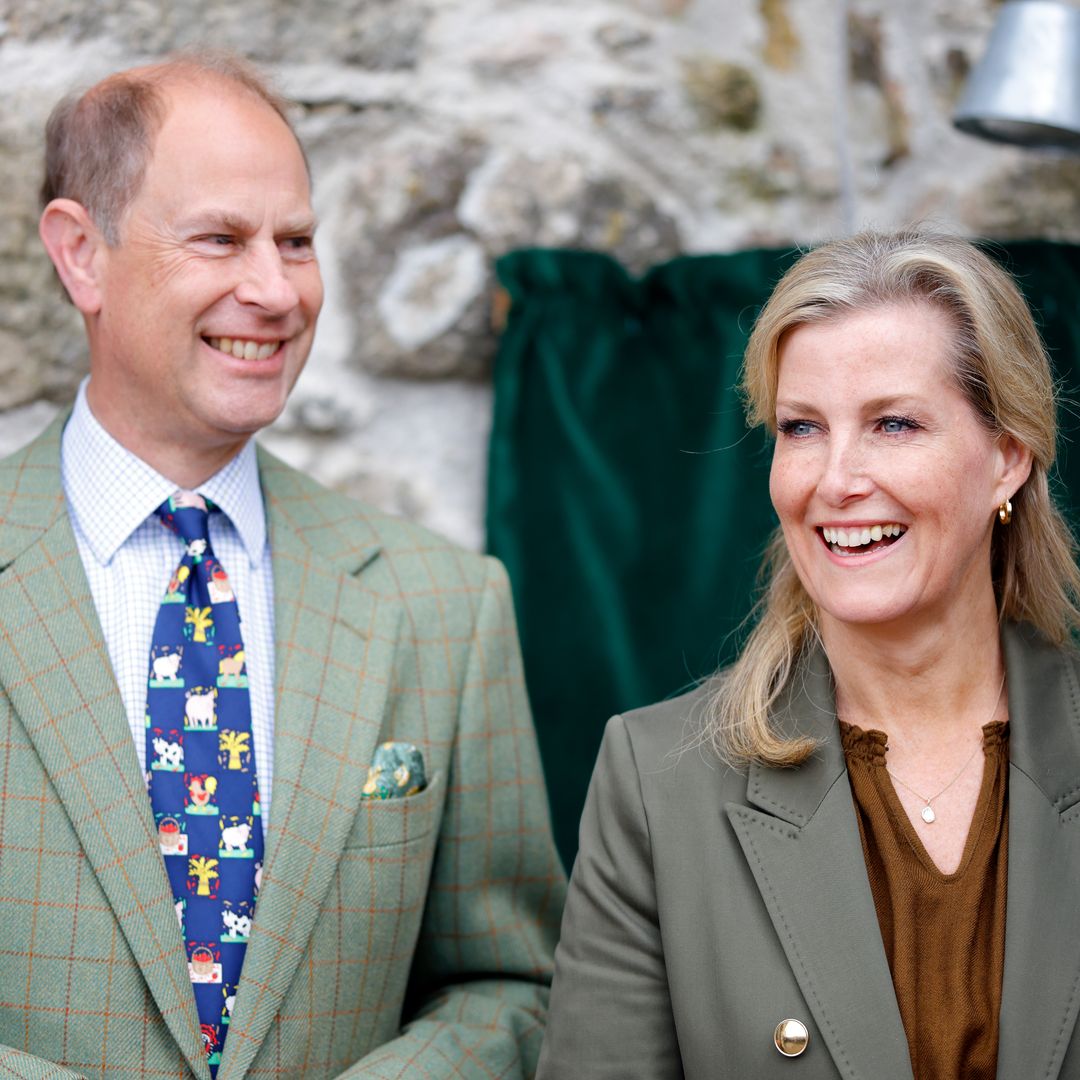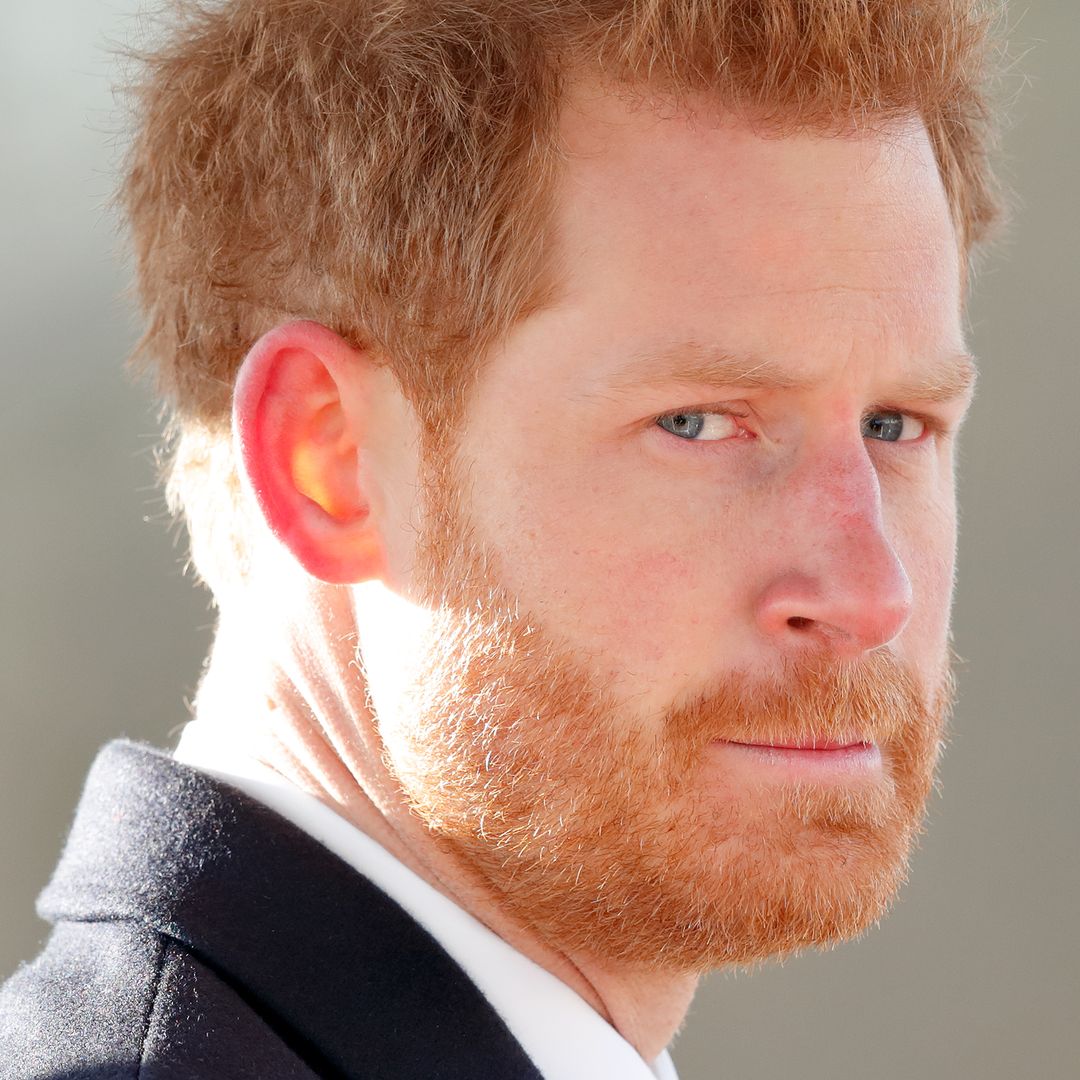Royals stepping back, retiring or resigning are nothing new in the 1,000-year history of the monarchy. Before the shock departures of Prince Harry and Meghan Markle, and Prince Andrew, there was the abdication of the Queen's uncle King Edward VIII to marry Wallis Simpson. In 1919, Queen Victoria's granddaughter Princess Patricia also renounced her title for love. More recently, the Duchess of Kent swapped the HRH life for a role as a music teacher in a state school and Harry's mother Diana took a year-long sabbatical when the strain of life in the spotlight became too much. Here we analyse the reasons for these royals' decisions and what became of their lives away from the palace.
WATCH: Prince Harry and Meghan's love story relived
Giving up the royal life for love
King Edward VIII and Wallis Simpson
As King George V lay dying in 1936 it was clear that there was a schism between the strict moral code laid down by him and Queen Mary, and their more modern relaxed son, Edward, the Prince of Wales. With his mistress Wallis Simpson by his side, the royal heir moved in a colourful social circle described by author Denys Blakeway as "the Ritz bar set". On his father's death the new King horrified the establishment – and his own family – with his desire to marry Wallis, an American socialite, now on her second divorce.
MORE: Princess Eugenie attends Jack Whitehall's sister Molly's wedding - see photos
When Prime Minister Stanley Baldwin advised the monarch that the government would not support their union, he abdicated and went into exile with Wallis. Styled the 'Duke and Duchess of Windsor', the couple lived out the rest of their lives in France. Edward remained devoted to Wallis, buying her a King's ransom worth of jewels to make up for the crown that would never be hers. Their secretary of eight years, Johanna Schutz, spoke of their bond, describing how up till his final years, the former King made sure to walk his wife to the front door when she went out. He would tell her how much he would miss her and always greeted her on her return with the words: 'Darling, I'm so happy to have you back.'
"She had this hypnotic charm. She wasn't beautiful, but she had the most mesmerising blue eyes. The Duchess was brilliant," added Johanna. "Everyone always said that the Duchess infatuated the Duke, but why would he have stayed with her if she wasn't exceptional?"
Edward gave up the royal life to be with his love, Wallis Simpson
Princess Patricia of Connaught and Alexander Ramsay
As one of the most eligible Princesses in Europe, Patricia of Connaught had noblemen lining up for her hand in marriage. Spirited, pretty and popular, she had ideas of her own, putting off marriage until her early 30s in favour of supporting numerous charity organisations. "She was a working Princess," says Alexandra Kim, former curator for Historic Royal Palaces at Kensington Palace. "It was a role she took on and did well."
MORE: Ruth Langsford gives rare glimpse into her stunning family home
When her father Prince Arthur, Duke of Connaught, was sent to Canada in 1911 as Governor General she moved with him, coming into contact with his aide-de-camp Alexander Ramsay, a naval commander who later served with distinction in World War I. While he was an aristocrat – the son of the 13th Earl of Dalhousie – her family disapproved because of his lack of royal lineage and urged her to forget him.
In the meantime Princess Pat, as the Canadians dubbed her, threw herself into life in her new home, giving skating parties, riding in the Rocky Mountains (astride not side saddle) and visiting war veterans. She was also thought to be a supporter of women's political participation, appointing a prominent suffragette as her lady-in-waiting, much to the dismay of her cousin King George V's wife Queen Mary. As her fame spread in North America, the New York Times described her as "a handsome young woman with great spirit and a keen sense of humour".
She stayed true to her dashing naval hero through the years and King George eventually approved the marriage, giving her permission to relinquish her title. She went down the aisle of Westminster Abbey as a Royal Highness and returned as Lady Patricia Ramsay. The couple's happy 53-year marriage produced one son.
The Duchess of Kent became a music teacher
Giving up the royal life for personal fulfilment
The Duchess of Kent's teaching career
The wife of the Queen's cousin Prince Edward left palace life for fulfilment of a different kind and with little fanfare. In 2002, with her husband's blessing, the Duchess of Kent decided to pursue her vocation to teach music to inner-city children in Wansbeck Primary School in Kingston upon Hull, Yorkshire, an hour away from her former family seat, Hovingham Hall. At school she was known as Mrs Kent, the kindly teacher who would go the extra mile to help her pupils flourish.
MORE: Lydia Bright announces birth of her baby girl with adorable photo
Speaking of what might at first glance seem an unusual choice for a royal Duchess, she explained to interviewer Alan Titchmarsh: "I began to notice the power of music as a stimulant to these children to give them confidence and self-belief. Some of the housing estates they came from had sort of Berlin Walls around them. Through music one or two of them can climb the Berlin Wall and get out and excel in life. Some of the children I taught haven't necessarily become musicians, but the confidence it has given them, some have joined the Army, some gone to university, which they might not have done otherwise."
Princess Diana took a year away from the spotlight after her split from Charles
Princess Diana's break from the spotlight
In 1993, after her split from Prince Charles, the Princess made a tearful plea for privacy as she announced a year away from the spotlight. HELLO! wrote then: "This has been her own personal Annus Horribilis… Twelve months of intense scrutiny and non-stop tension have followed her separation. Behind the smile she put on for the public, her anxiety has become increasingly obvious to her closest friends." A number of staff that she regarded as family had recently resigned and her best friend Lucia Flecha de Lima had moved away to Washington.
MORE: 8 royal marriages that have ended in divorce
Psychologist Dr Susan Cartwright told HELLO! at the time: "People who are in the public eye and cope with it very well have friends or people at home who put things in perspective for them. It may be that the Princess has lost some of this support. It's the same for anybody; if you've got a lot of pressure at work, then the best advice is to take a break, a holiday and give yourself time to recuperate. I wouldn't be surprised if she comes back again when she feels ready."
She did indeed come back more radiant than ever in November 1994, dazzling in a backless dress at a fundraising gala at the Palace of Versailles in Paris that raised £500,000. Sadly, her plans to become a roving global humanitarian were cut short by her death in 1997. In this sense her mantle has now been taken on by Prince Harry. The heir to her charisma and sensitivity, he also now has the opportunity to carve out a role for himself outside the gilded walls of the palace, just as she wanted to do. The difference for Harry is that he does so with Meghan at his side, a capable and loving partner in this endeavour.
Giving up the royal life because of controversy
Prince Frederick of York and his mistress Mary Clarke
Some 250 years before the Queen accepted Prince Andrew's resignation over his association with Jeffrey Epstein, another Duke of York was forced out of public life by a scandal. In 1780, Prince Frederick's father George III sent him for military training in Hanover as a 17-year-old. Immortalised as the grand old Duke of York in the famous nursery rhyme, he had a largely successful career, instituting wide-ranging reforms to the British army that eventually allowed it to defeat Napoleon and helping found Sandhurst military college.
But his position as Commander-in-Chief also led to his downfall. In 1809 his mistress, Mary Clarke, testified in Parliament that she had sold army commissions with his knowledge. Although cleared of wrongdoing, he resigned his position as head of the army. Two years later it emerged that Mary had received payments from his chief accuser and the Duke of York was duly reinstated as Commander-in-Chief.
King Albert, King Juan Carlos, Queen Beatrix and Emperor Akihito all abdicated
Handing over the reins
King Albert of Belgium, King Juan Carlos of Spain, Queen Beatrix of the Netherlands and Emperor Akihito of Japan all abdicated
The case of Prince Frederick emphasised that even the appearance of impropriety is damaging for a monarchy, as King Albert of Belgium came to appreciate in 2013. He cited ill health for his abdication, but his decision came amid a paternity case brought by artist Delphine Boël, whom a court later confirmed was his daughter from an extra-marital affair.
MORE: 8 times the royals have gone to the theatre from Kate Middleton to Meghan Markle
Leaving aside such complications, abdications seem to be becoming more common in Europe and beyond. There have been a string of abdications during the last decade, with King Juan Carlos of Spain, Queen Beatrix of the Netherlands and Emperor Akihito of Japan all stepping down in favour of their sons.
In some countries occupying the throne and being a member of the Royal Household is no longer seen as a 'job for life'. There is a growing feeling across the world that "monarchs have a job to do and they should do that while they are fit and able ... and when they can't they should hand on," says Mary Vincent, professor of history at the University of Sheffield. These sovereigns stepped down to make way for a changing of the guard, providing the continuity that is the essence of a monarchy through a younger generation.
Make sure you never miss a ROYAL story! Sign up to our newsletter to get all of our celebrity, royal and lifestyle news delivered directly to your inbox.


